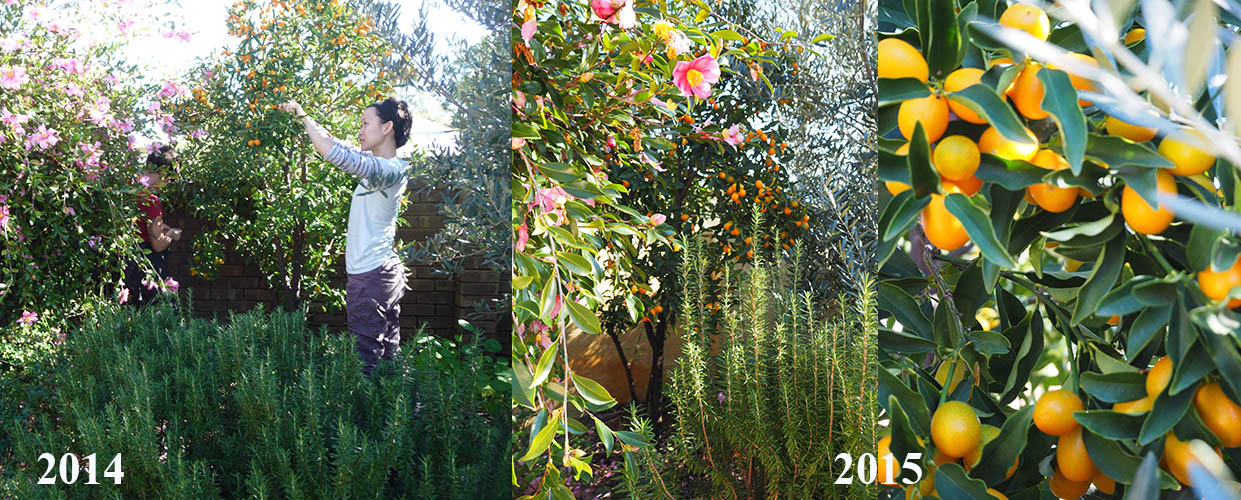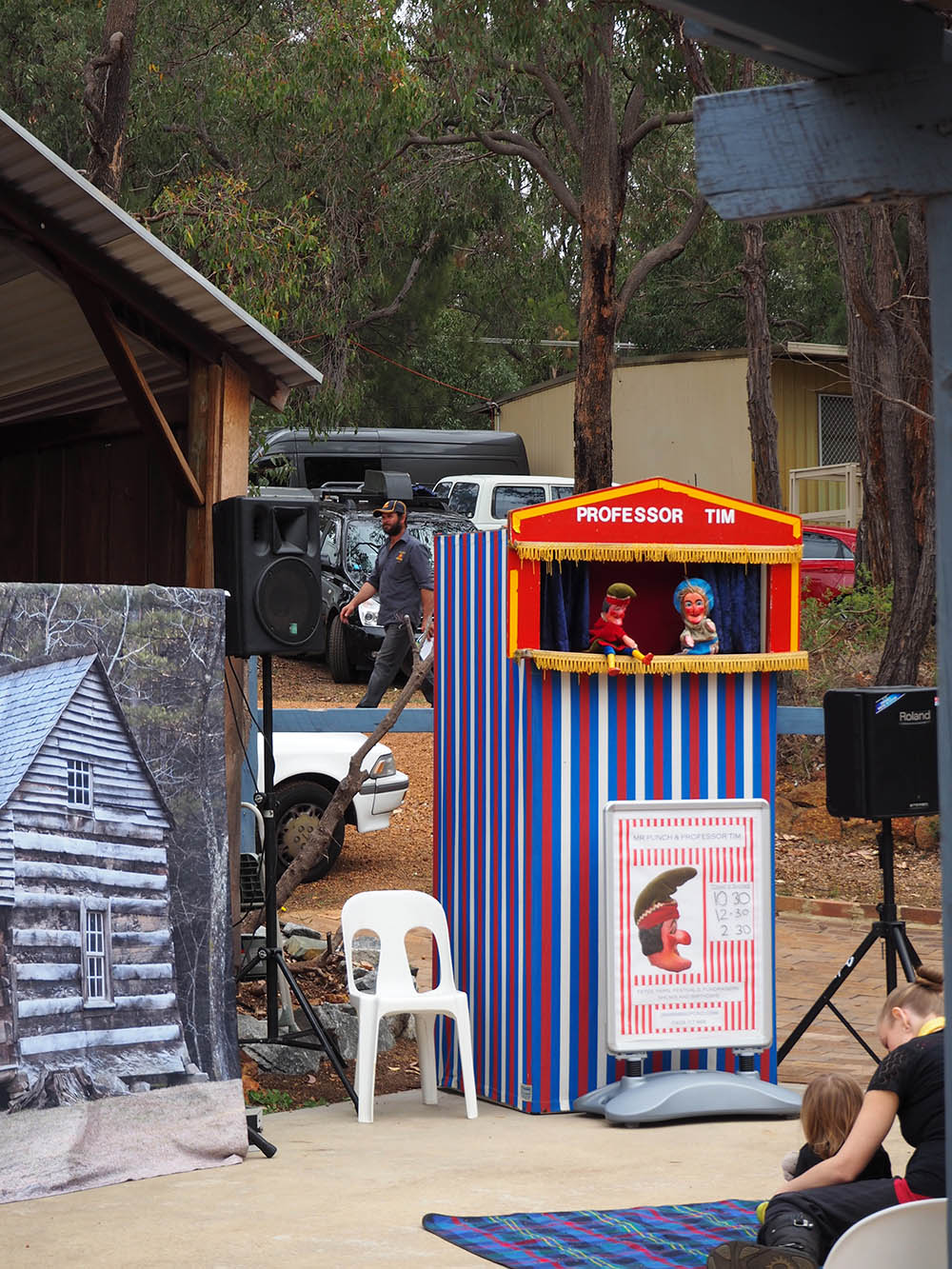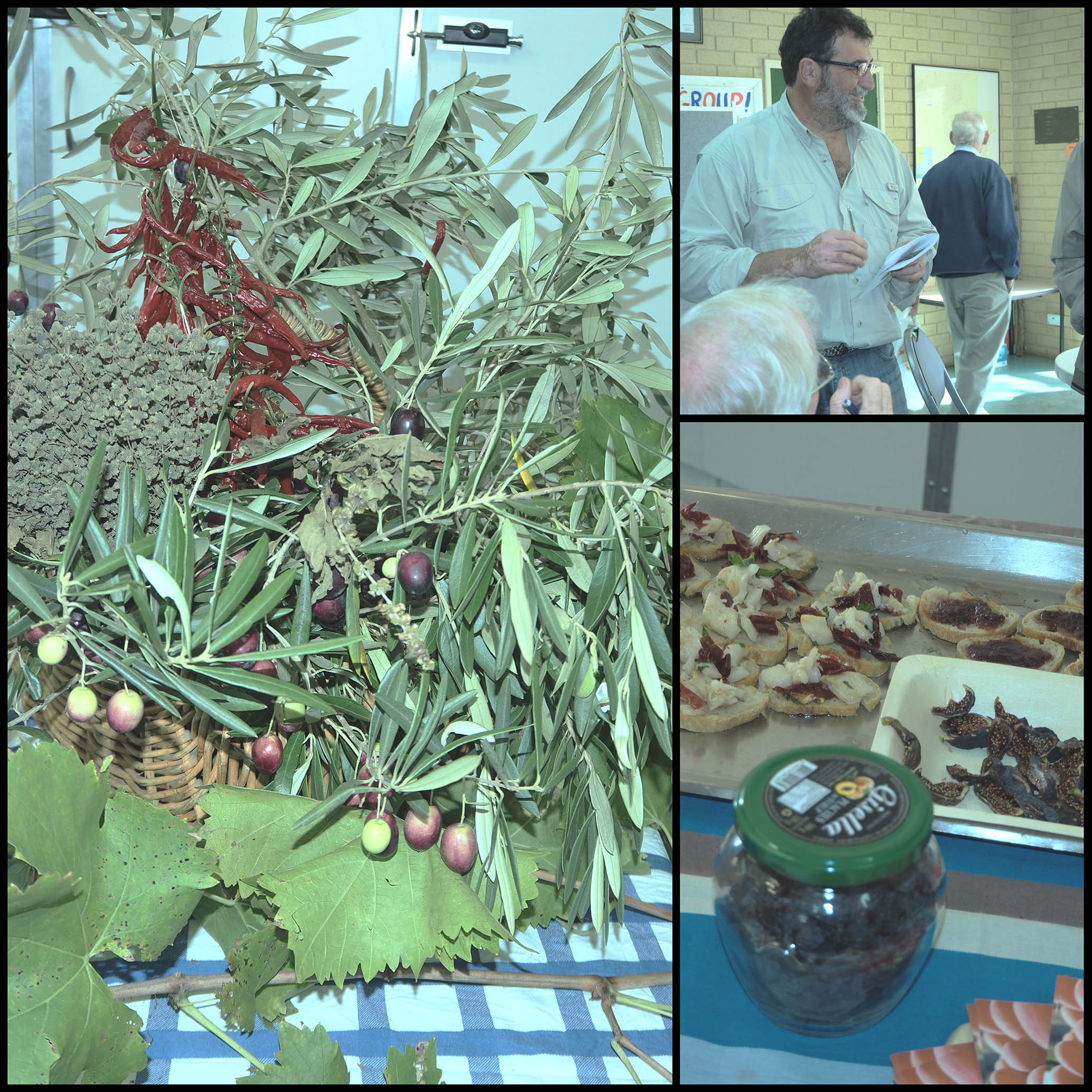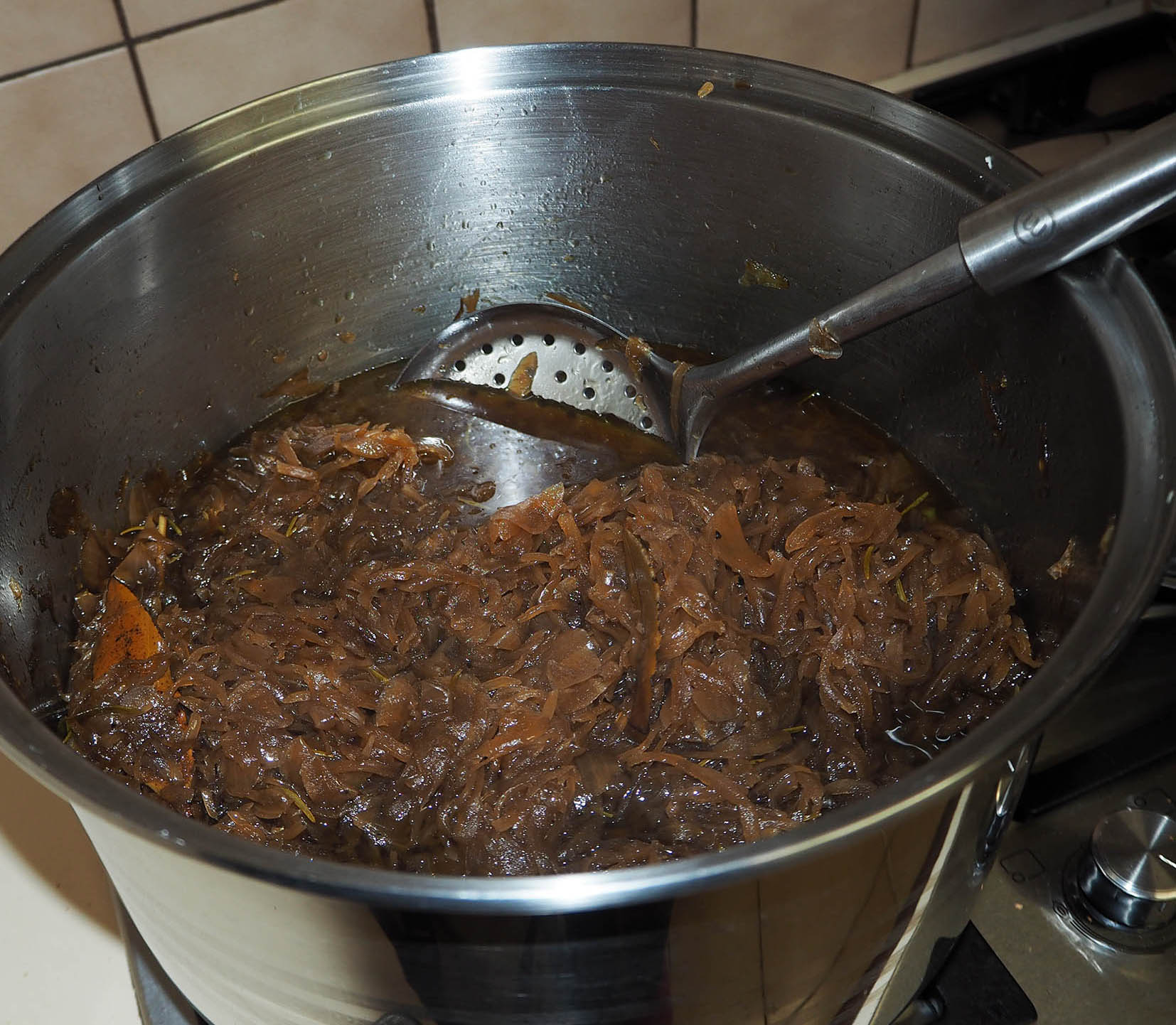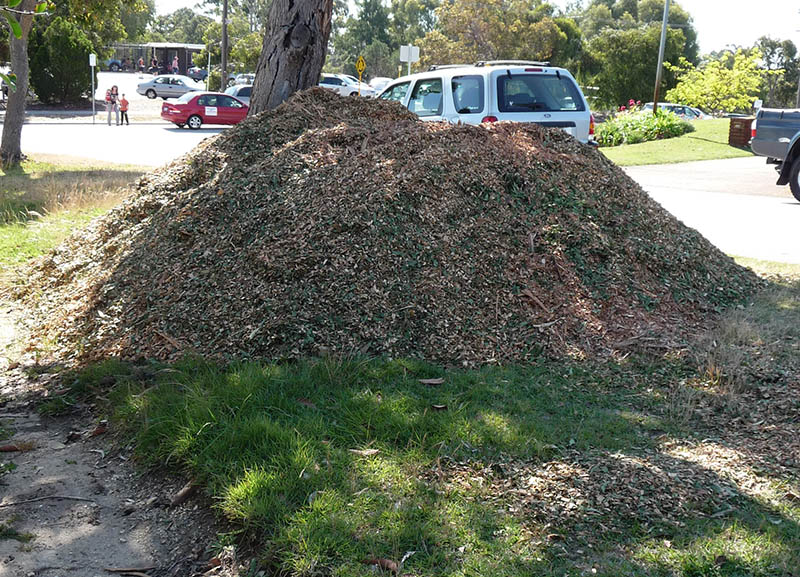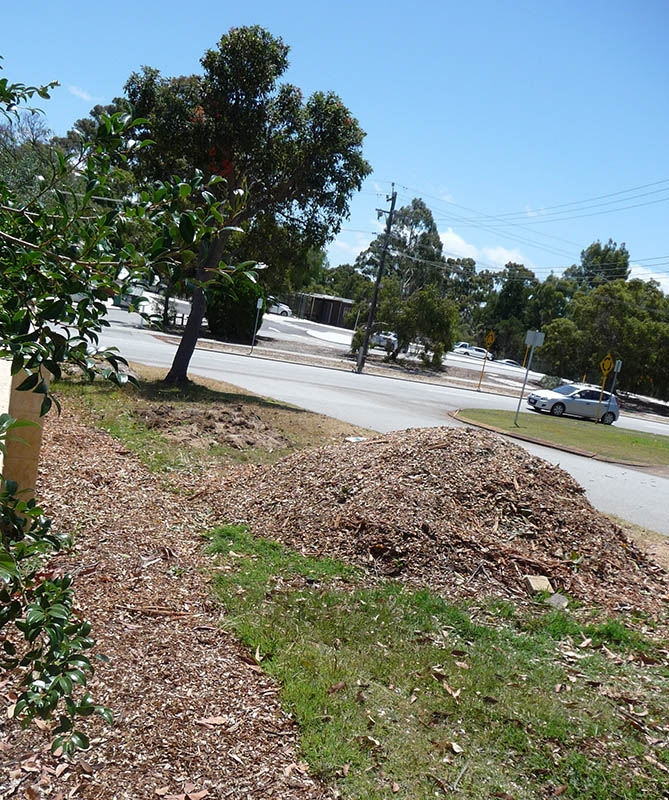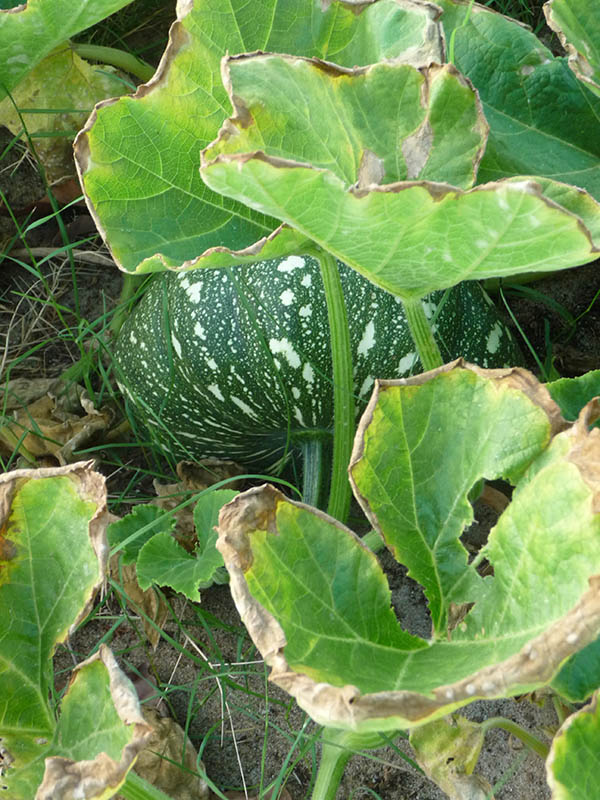For the first time in ages, I had pea and ham soup last week. It was ‘soup of the day’ at the pub we frequented for dinner one evening while we were away on our knitting adventures in Bendigo – and it was certainly the weather for it. Soup is my comfort food in winter – it’s hot and filling and comfortable and easy. Pea soup in particular brings back happy memories of my childhood, of our family sitting around the kitchen table chatting, squabbling and vying to be the first for seconds. Not that my Mum actually made pea and ham soup, mind you, but she did make split pea soup. Instead of a ham hock, she used some beef shin – which essentially performed the same task. It’s not so much about the meat as about the taste, the beefy (or smoky ham) flavour that permeates the soup and enriches it. Delicious!
Having enjoyed the pub-version immensely, I set about trying to recreate it – and a little slice of childhood – this week. I found a ham hock in the freezer (score!) and a packet of split peas with recipe on the back in the pantry (everyone has a packet of split peas in the pantry, right?). Next I hunted down the biggest pot I own, selected some appropriate veggies (from the over enthusiastic market purchases made on Saturday) and then set about making my first ever attempt at the iconic dish that is pea and ham soup.
Munching my way through cheesy toast and what I think was a fairly reasonable rendition of the dish that evening conjured up thoughts of other meals from my childhood. I found I could only remember happy, tasty things – other than the rare visitation of the dreaded liver-and-onions and the all-to-frequent boiled cabbage. The former was an occasional request from my father (and enjoyed by no-one but him) and the latter I must assume was simply always in season – it certainly felt that way! However, overall, my conclusion is that I either didn’t bother to remember the things I didn’t enjoy or that my Mum was a canny housekeeper and knew her family’s preferences all too well 🙂
Either way, it feels as though my childhood was filled with mealtimes sitting around the kitchen table enjoying plates of oxtail stew, split pea soup, shepherds pie, macaroni cheese, roast chicken (on Sundays), jam roly-poly with custard (a particular favourite), pineapple upside-down cake, flapjacks and eggy-bread. This last was our version of French toast, which was bread lightly smeared with bovril, dipped in egg, then briskly fried in a little butter – and never (ever!) served with syrup, cinnamon or sugar – a taste preference I still cling to, I may add.
Most of these dishes are winter foods, things that fill hungry children and are relatively inexpensive to prepare, which confirms my belief that Mum was a canny housekeeper. I actually have no idea what we ate in summer – the only things that come to mind is watermelon and tomatoes, but I’m pretty sure there was more to it than that!
Whilst I’ve an idea that Mum used to make her version of split pea soup in the pressure cooker (and I may give that a go next time to speed up the process a little), it gave me enormous satisfaction to recreate this much-love childhood staple in my giant stock pot and to share it and my ramblings about childhood food with my family. Best of all, there was some of the soup left over for lunch for today 🙂


